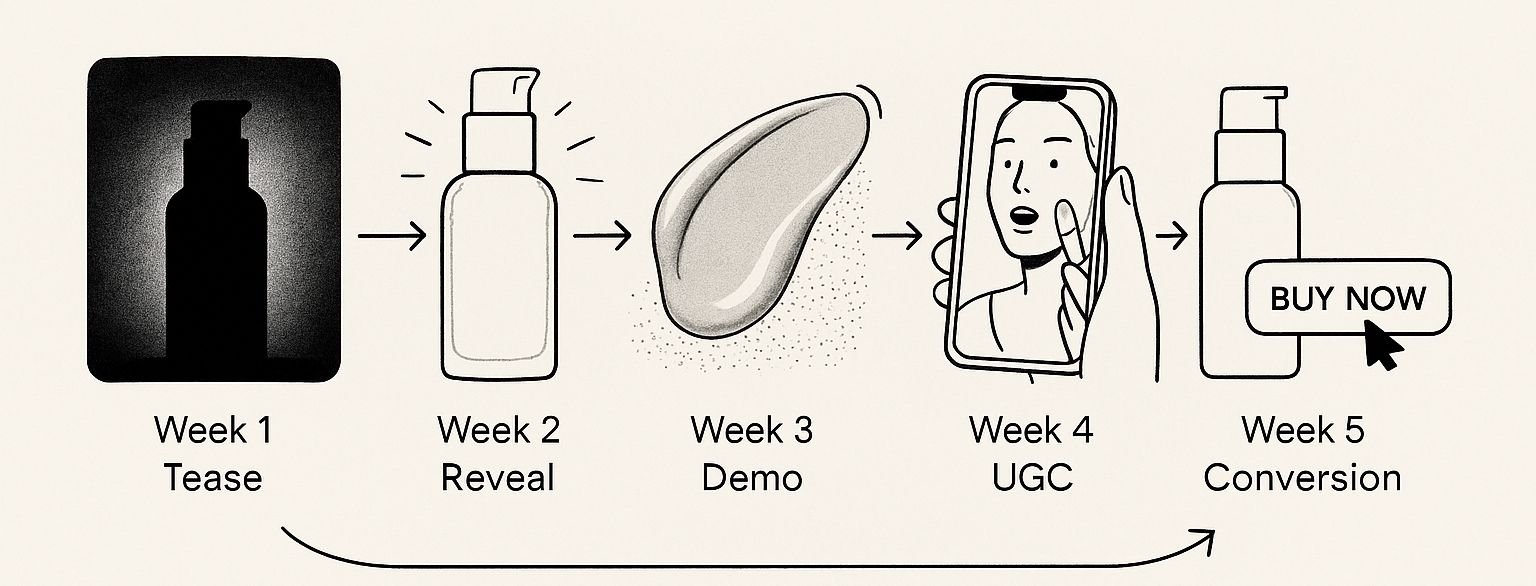One Shade, Three Finishes: How Texture Changes Story
One blush shade! three finishes, explore how cream, liquid, and powder textures transform visual story, brand identity, and user experience in modern makeup campaigns.
18 Jun'25
By Niharika Paswan

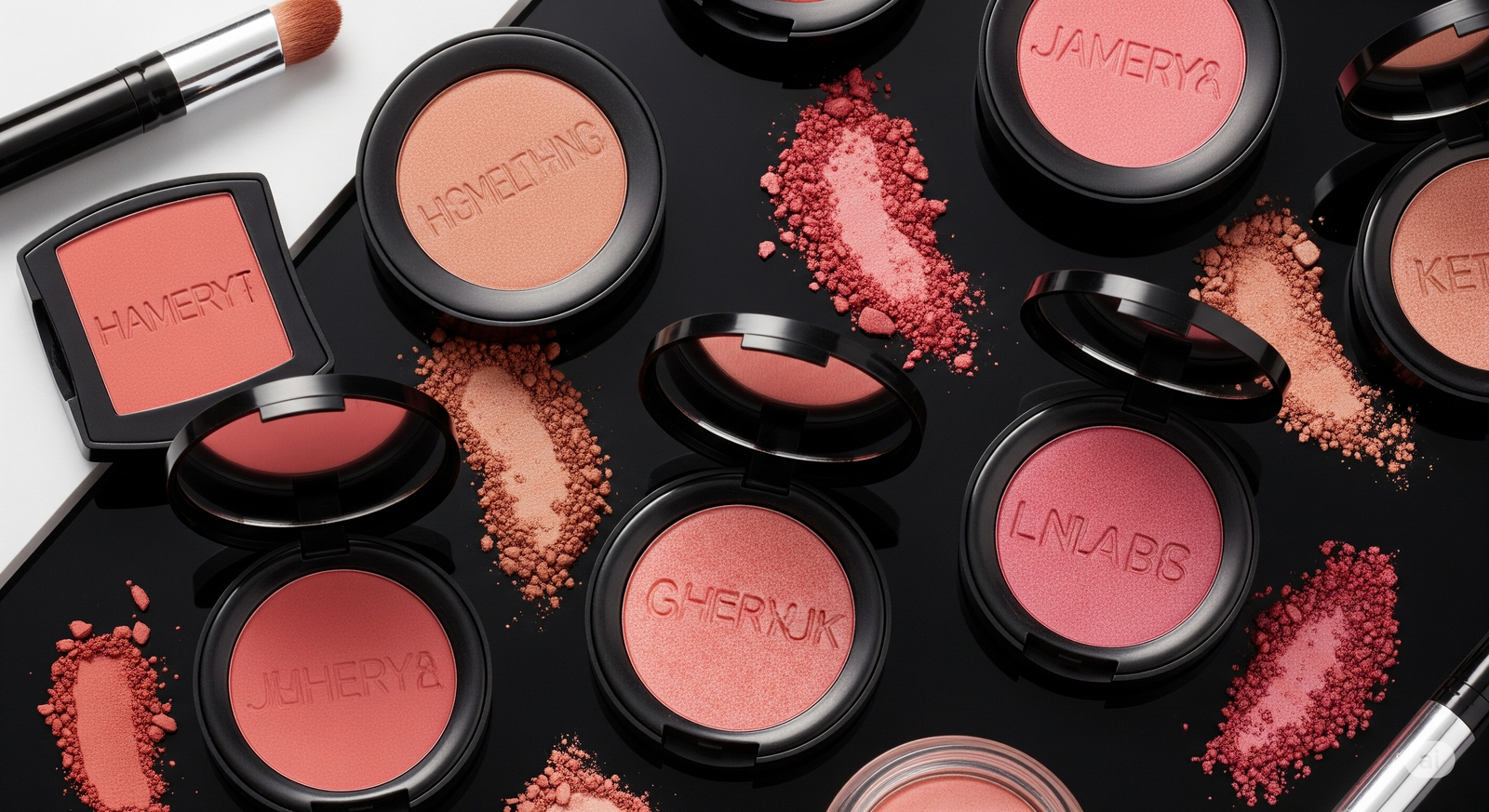
One Shade, Three Finishes: How Texture Changes Story
A single blush shade can take on a completely new personality depending on how it’s formulated. One dusty rose could feel romantic in cream, bold in liquid, and polished in powder. What changes is not the pigment itself but the texture and with it, the story you’re telling. Texture is not just about how makeup feels or applies. It’s about how it communicates.
In a world where beauty campaigns are consumed in a scroll, texture plays a starring role in stopping the viewer. It’s a language that speaks through light bounce, skin interaction, and motion. And for brands that want to define their identity clearly, understanding and showcasing finish isn't optional, it’s foundational.
Texture as a Visual Storytelling Tool
The first thing your audience sees is not the formula name or even the exact shade name. It’s the finish. Matte, dewy, radiant, blurred, these textures instantly frame the mood of your product. Before words, before swatches, finish speaks.
Imagine the same warm rose blush in three finishes:
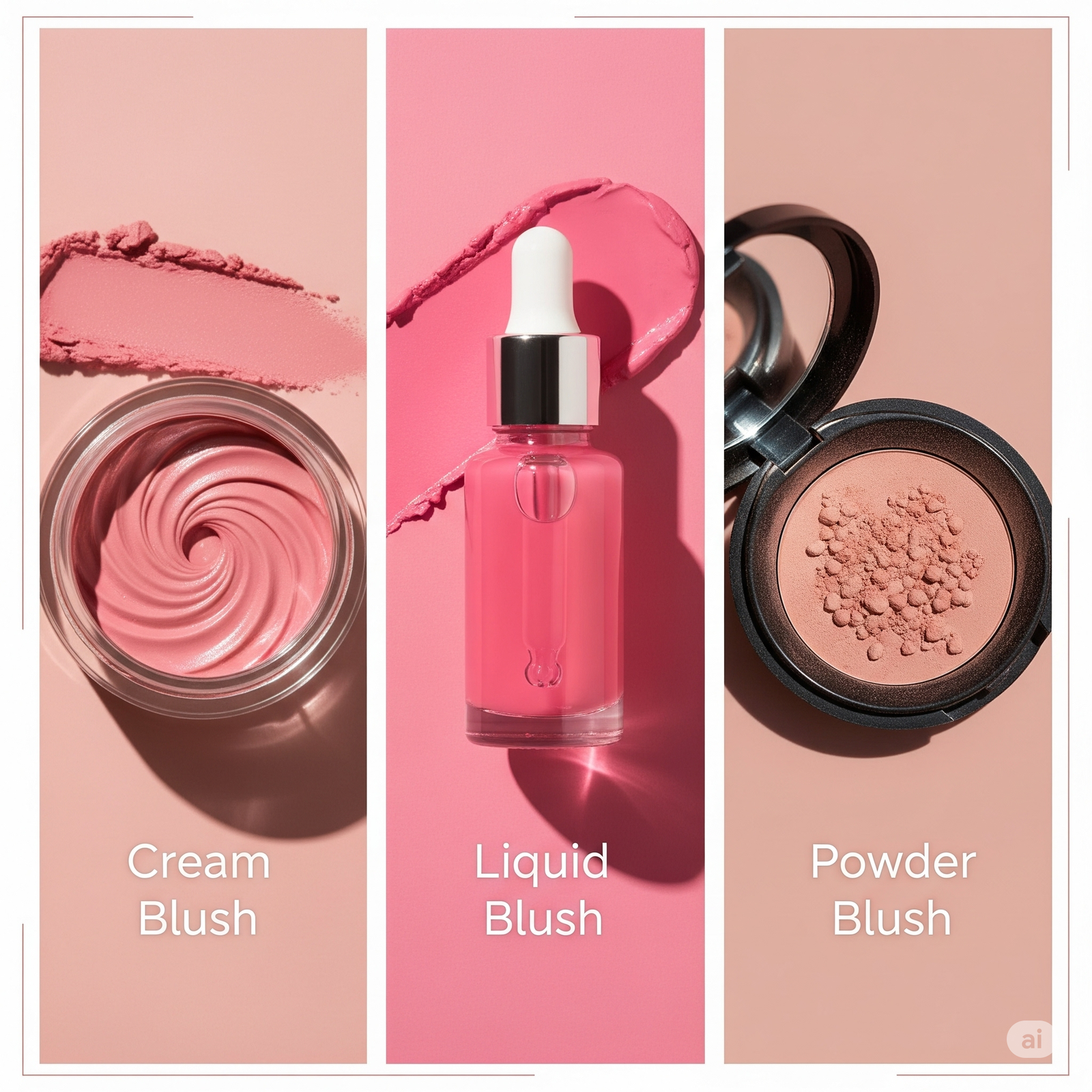
- Cream: Glides onto the skin like a tint of emotion. The texture blends seamlessly, giving that fresh, healthy flush. It tells a story of intimacy and skin closeness.
- Liquid: Intense at first drop, but sheers out with power. It stains the skin with bold presence. It speaks to confidence and long wear, like a color that won't back down.
- Powder: Airbrushed, refined, and buildable. It sculpts the cheekbone with clean precision. It conveys elegance, balance, and control.
The same color, three visual outcomes. What finish your brand leans into will help shape your audience’s perception of your values. Are you minimal? Are you editorial? Are you edgy? Your texture choices are saying it already.
How Finish Informs Brand Identity
Every beauty brand has a tone - youthful, luxe, clean, daring. And formula finish is one of the most subtle yet impactful ways to reinforce that tone. Your finish decision is more than a lab formulation. It's a design statement.
- A matte powder blush tells your audience that you’re about control and sophistication. It appeals to oily skin types and makeup artists. It performs under pressure and under lighting.
- A cream blush suggests ease and approachability. Your audience imagines getting ready in five minutes and still looking fresh. It’s the “no-makeup makeup” hero.
- A liquid blush walks the line between skincare and pigment. It often contains active ingredients or glowy boosters, giving your brand an edge in hybrid beauty conversations.
So if your brand is leaning into performance wear, you’ll want to show liquid’s lasting pigment. If your brand message is about soft glam or everyday ease, cream makes more sense. Finish helps set expectations even before a single swipe.
The Feel vs The Look: What Texture Really Shows
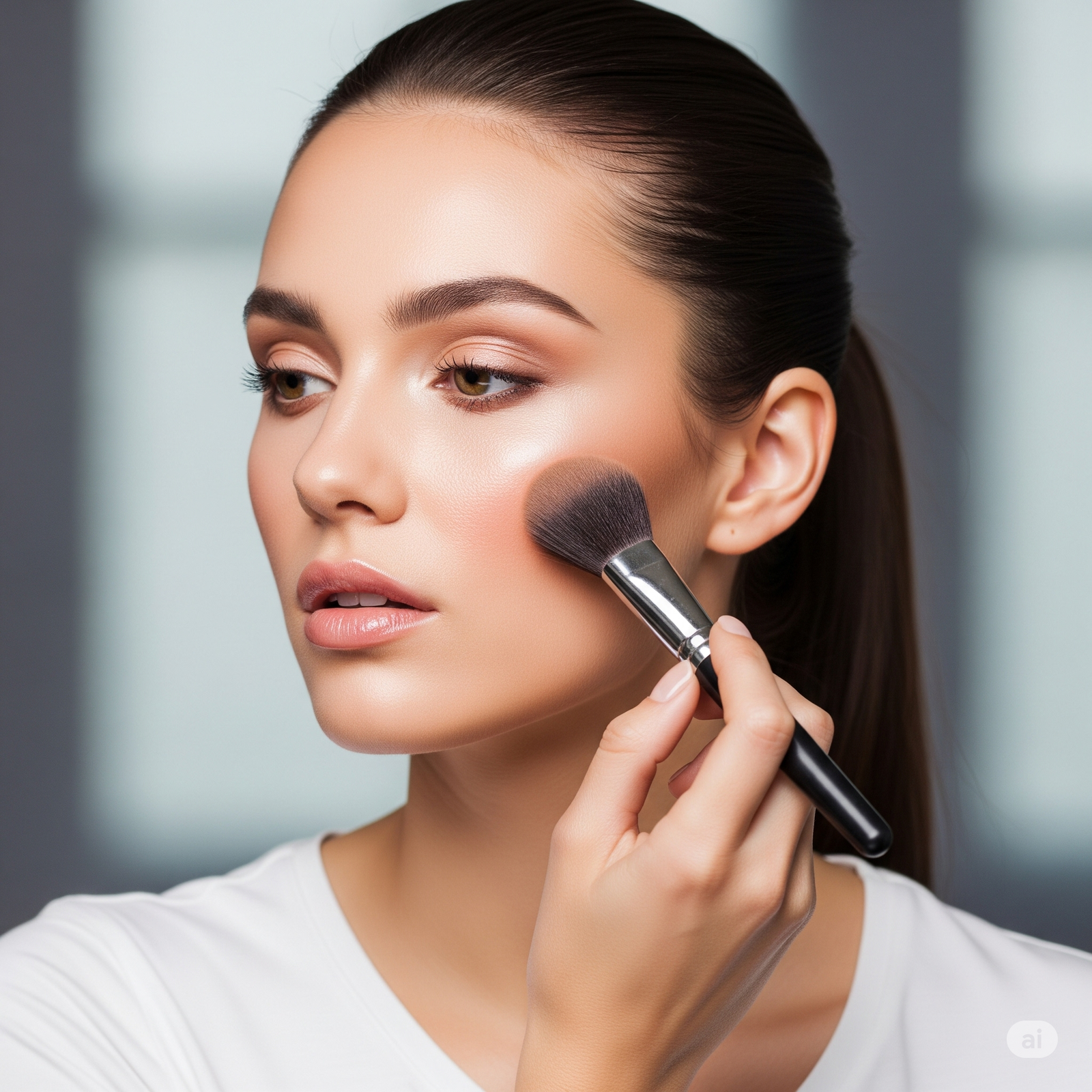
Texture isn't just about application. It changes the finish, what audiences will ultimately see in photos, on video, and in real life. Here's how the three blush formats tend to show up:
- Cream blush tends to catch the light in a diffused way. It sits like skin, not on skin. That softness translates beautifully on camera for editorial-style campaigns or natural beauty looks.
- Liquid blush has a vibrant visual pop. Its pigment is more apparent even in thin layers. Because it tends to dry down with a touch of shine or radiance, it reflects movement in a dynamic way which is great for reels and transition videos.
- Powder blush offers control in diffusion. It doesn’t catch light like the others, which actually makes it ideal for photo shoots with flash or harsh lighting. It doesn’t move. It sculpts. It stays fixed.
When planning visuals or designing how your product is captured, think about how each finish interacts with both light and movement. What you don’t want is a mismatch between your finish and your brand story.
Texture Transitions in Demo Reels
Blush reels and swatch videos are more than product demos. They’re micro-movies where texture gets its time to shine. But not all formats highlight texture equally.
Here are three strong formats to consider:
- Side-by-side finish transitions Using the same hand, skin tone, and lighting setup, show cream, liquid, and powder applied in sequence. Let viewers instantly grasp how the same shade transforms across formats. This comparison builds both education and desire.
- Time-lapse wear tests Especially useful for liquid blushes. Capture the blush just after application, then again a few hours later. These tests show how the finish evolves whether it locks in, fades softly, or transforms from dewy to satin.
- Movement-based reveals With blush, motion changes everything. What looks soft in stills might shine under movement. Film a model in slow motion as they turn their face under different lighting to showcase how the texture lives on skin.
These formats are effective because they mimic how users experience blush in real life, fluidly through time and motion, not just in a flat product shot.
Why One Finish Doesn’t Fit All
Consumers today don’t want a “this or that” experience, they want the “yes, and.” Many are layering cream and powder. Some use liquid under foundation for a lit-from-within glow. That’s why having one blush shade across multiple textures isn’t just smart, it’s strategic.
Take the hero shade of your blush line and reformulate it in different finishes. Not only does this expand your range, it strengthens brand storytelling by allowing different users to find the same color through their preferred lens.
You keep visual consistency while meeting diverse skin needs and aesthetic preferences. Plus, from a marketing angle, this builds brand recognition, your iconic blush shade becomes a signature tone no matter the finish.
How Texture Influences Shade Perception
There’s also a psychological twist here, texture can actually change how color is perceived.
- The same blush shade in cream might appear softer, almost muted, because the skin underneath plays a role in how it reflects light.
- In liquid, the pigment seems more intense because it's more concentrated and less diffused.
- In powder, the same tone can lean cooler or warmer depending on how it's built up or layered over base makeup.
This is especially critical for campaign visuals or product pages. When you show the same shade in three different finishes, make sure to contextualize each with correct lighting and description. Consumers need to understand that what they’re seeing is not three different colors but three expressions of the same one.
Admigos Angle: Realism in Texture, Realism in Story
At Admigos, we believe that blush textures deserve more than still shots. Our 2D and 3D visual approaches bring real-time texture behavior to life: how cream melts into skin, how liquid shifts under movement, and how powder diffuses under brush pressure.
We animate finish so your audience doesn’t just see the color, they feel the texture. Our product reels and texture-specific breakdowns show your hero shades in formats that mirror how people actually use them: layered, blended, and worn across moments.
Want to elevate your blush visuals with finish-specific storytelling? Let’s build a demo reel that does justice to your formulas. Start with a visual texture audit and get clarity on how your blush line performs across formats and how to show it with intention.
Because one blush shade can tell many stories. Let’s help it say the right one, finish by finish.
Links to be checked :-
— By Niharika Paswan
Exploring the Evolution of Foundation Packaging Design
A visually inspired journey through pumps, tubes, airless refills, and eco‑innovation—how packaging shapes your beauty choices and speaks to your values.
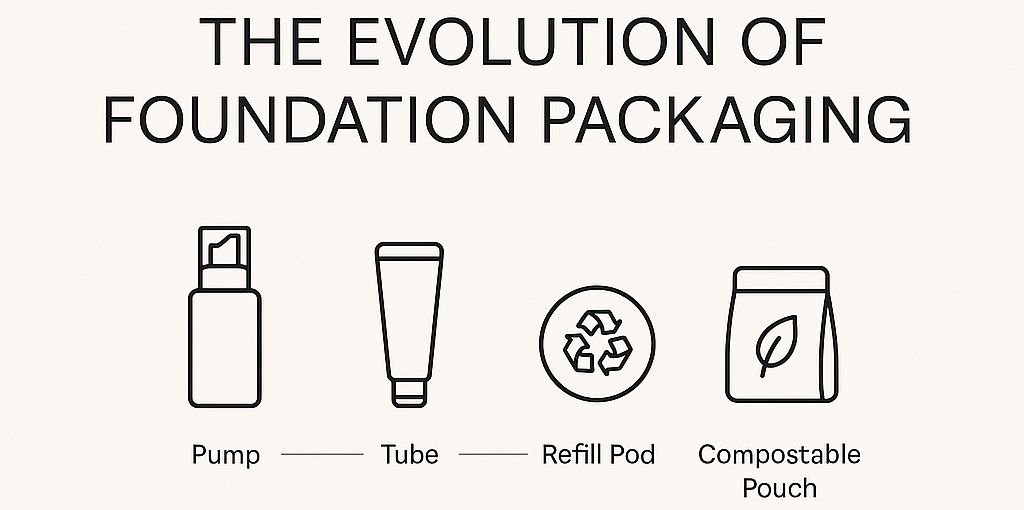
Storyboarding a Foundation Launch for Maximum Visual Impact
A step-by-step guide to crafting a visually cohesive, scroll‑stopping foundation launch—from calendar to screen.
